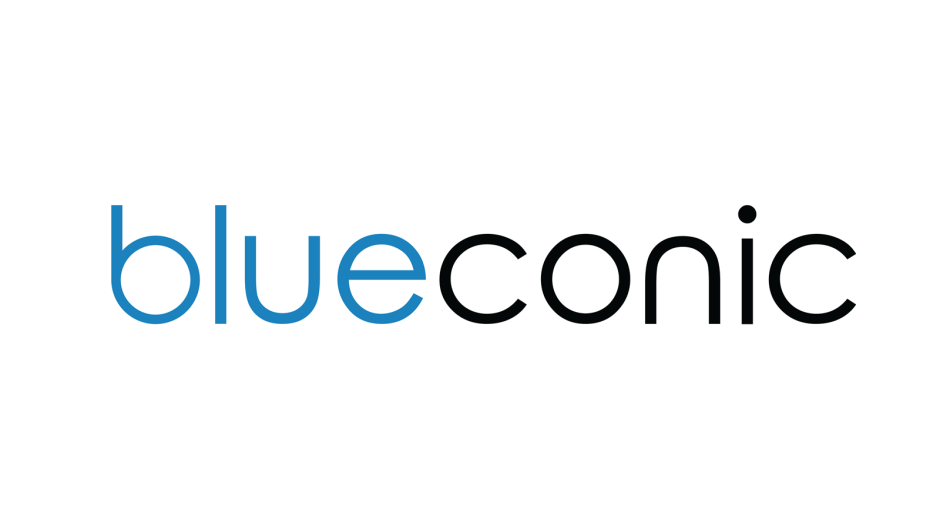Guest post by Steve Zisk, Sr. Product Marketing Manager, RedPoint

As today’s consumers take the lead in designing their own customer journeys, smart marketers need to understand three core issues to survive and thrive in today’s marketplace. Below I outline these areas that you need to understand and deliver on the expectations of modern consumers.
Constant Balance Between Personalization and Privacy – Personalization is now table stakes for marketers because it drives customer loyalty, which is why according to research from a Harris Poll survey sponsored by RedPoint Global, 37 percent of consumers will stop doing business with a brand that fails to offer a personalized experience. Data also shows two-thirds of customers expect transparency and control over collection, use, and sharing of their personal data. While transparency is a top priority, most consumers also understand that data drives personalization in a modern, omnichannel world and 54 percent will willingly share personal data in exchange for a more relevant experience.
Continued Need to Break Down Silos – While more marketers understand the risk of siloed data, the recent CDP Report from The Relevancy Group shows that 56 percent of marketers have yet to implement a comprehensive data solution and 14 percent are not yet convinced of the need. Marketers stymied by siloed customer data have little insight into potential opportunities or problems that customers’ seemingly disconnected interactions may signal. It is necessary to integrate this data to create a single point of control for customer data, processes, insights and orchestration if marketers expect to meet the requirements of today’s omnichannel consumer.
Rationalize Approach to MarTech & AdTech – Marketers continue to look for a “silver bullet” solution that will meet all their marketing goals, but they may chase solutions that meet only specific and current short-term needs, often as adjuncts to marketing cloud promises to simplify marketer workflow and control the technology stack. Instead of depending on a (someday) unified stack from a single vendor, marketers should consider CDPs to help their organizations abstract, analyze, control, optimize and orchestrate their data. CDPs can be a smart investment to best drive revenue today, while providing a base for harmonizing existing and emerging technologies in designing new customer experiences.






 Nearly twenty thousand data lovers have been letting the good times roll this week in New Orleans and getting the latest from Tableau, one of the stalwarts of the data visualization space. Those who made it to the big easy have been treated to some big news as they took in over three hundred and fifty sessions totaling over six hundred hours of educational content and several significant product announcements.
Nearly twenty thousand data lovers have been letting the good times roll this week in New Orleans and getting the latest from Tableau, one of the stalwarts of the data visualization space. Those who made it to the big easy have been treated to some big news as they took in over three hundred and fifty sessions totaling over six hundred hours of educational content and several significant product announcements.
 Dreamforce kicked off in earnest yesterday, grinding traffic south of market down to a crawl, and ushering in a series of exciting announcements about Salesforce products and services.
Dreamforce kicked off in earnest yesterday, grinding traffic south of market down to a crawl, and ushering in a series of exciting announcements about Salesforce products and services. Industry analysts attend a lot of conferences. We participate in a wide range of industry events, vendor events, and trade shows of all sorts. Sometimes the travel and long days are rough, but the tradeoff is exposure to new technology and access to the people who built and use it, which is highly valuable no matter what business you’re in. As I work with David to plan our 2019 event schedule, here are a few upcoming conferences that are on our radar and may be worth considering for you.
Industry analysts attend a lot of conferences. We participate in a wide range of industry events, vendor events, and trade shows of all sorts. Sometimes the travel and long days are rough, but the tradeoff is exposure to new technology and access to the people who built and use it, which is highly valuable no matter what business you’re in. As I work with David to plan our 2019 event schedule, here are a few upcoming conferences that are on our radar and may be worth considering for you.